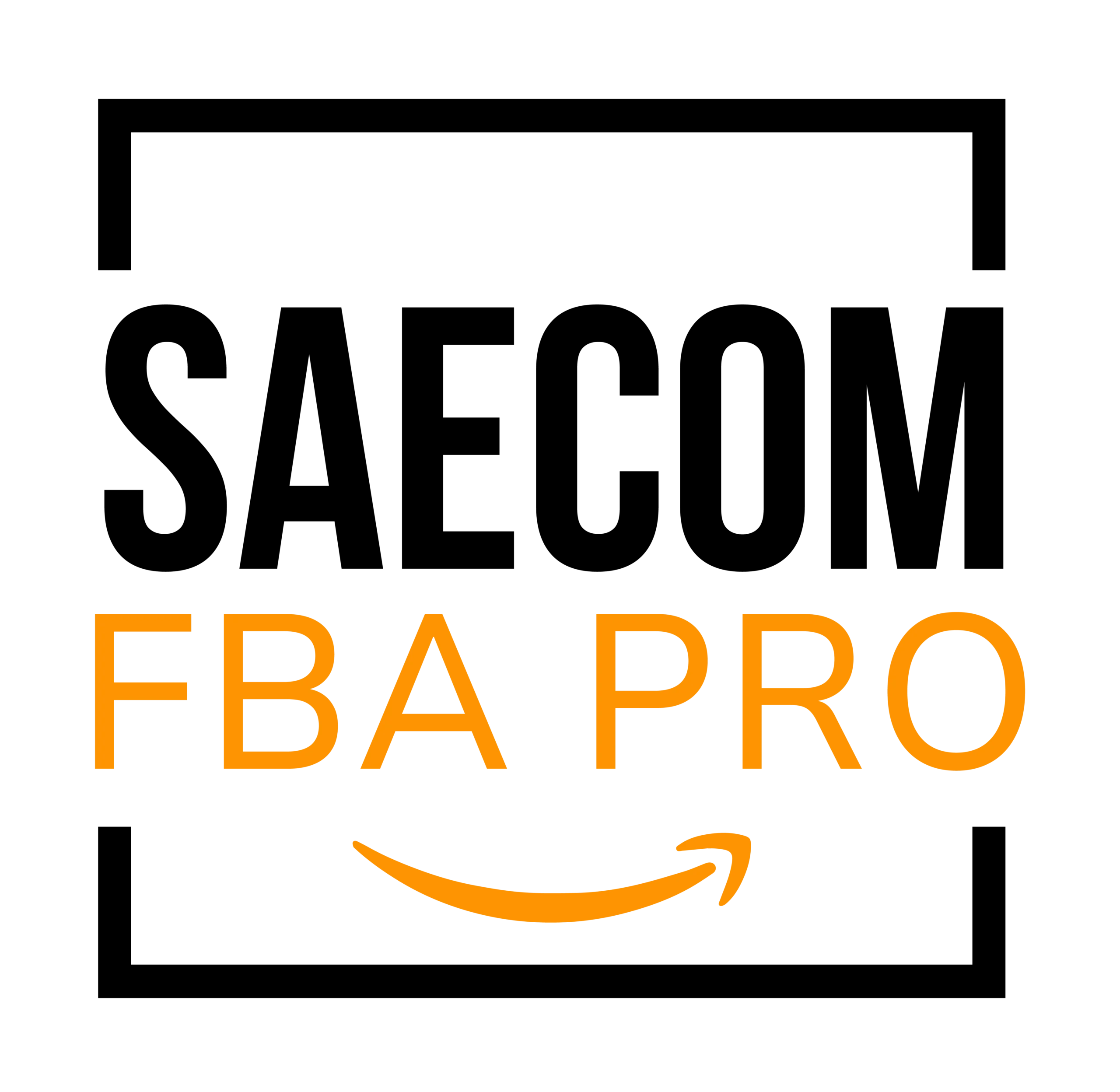How to Make Money Selling Journals on Amazon?
If you’re a creative individual, you may have thought about how fulfilling it would be to turn your passion for design into a profitable business. If you enjoy making unique products and are searching for a way to generate additional income, selling journals on Amazon could be a great opportunity.
Journals fall under the category of low-content or no-content books—which means they don’t require much written content. Since journal pages are typically blank and meant for the buyer to fill in, they are relatively simple to design and publish. Creating journals can be an exciting way to monetize your artistic skills.
In this step-by-step guide, we’ll cover how to design, list, and successfully sell your journals on Amazon. Let’s dive into the world of online entrepreneurship and explore how you can turn your creativity into a thriving business.
Finding Profitable Journal Niches

One of the most important steps in selling journals is researching what customers are interested in buying. As a creative person, it might be tempting to jump straight into designing, but understanding market demand will increase your chances of success. Your goal is to create journals that not only reflect your creativity but also attract buyers.
Here are some popular journal niches that sell well:
- Fitness journals
- Teacher journals
- Travel journals
- Gratitude journals
- Mom journals
- Goal-setting journals
Now, let’s explore how to find additional profitable niches while maintaining your unique artistic style.
Market Research: Understanding Customer Preferences and Trends
To create a successful product, you need to know what buyers are looking for. Here are some beginner-friendly ways to conduct market research and discover trending journal ideas:
1. Use Amazon’s Auto-Suggest Feature
A simple yet effective method is to use Amazon’s search bar. Begin by typing keywords related to journals, and take note of the auto-suggestions that appear. These are based on real customer searches, giving you insight into what people are actively looking for.
2. Utilize Online Tools

Several research tools, such as Jungle Scout, Helium 10, and AMZScout, provide valuable data on product demand, competition, and estimated sales. These tools help identify profitable niches and spot emerging trends. While most are paid, they often offer free trials, so you can gather useful insights without an initial investment.
3. Explore Other Marketplaces
Beyond Amazon, browse platforms like Etsy, eBay, and niche websites to see which journal types are popular. Reviewing best-selling items and customer feedback can help you identify market gaps and unique selling points.
4. Leverage Social Media

Social media platforms like Instagram, Pinterest, and Facebook are excellent for spotting trends and engaging with journal enthusiasts. Follow relevant hashtags, join journaling communities, and analyze which designs or themes receive the most engagement. This can help you understand customer preferences and get inspiration for your own journals.
By combining these research methods, you can discover high-demand journal ideas while ensuring your designs remain unique and attractive to buyers.
Competitor Analysis: Learning from Successful Listings
Studying your competition can provide valuable insights into what works and what doesn’t. Look at the best-selling journal listings on Amazon and analyze their designs, descriptions, and pricing. While you should never copy another seller’s work, identifying common features in successful products can help you improve your own.
A word of caution: don’t get stuck in endless research mode! With so much information available, it’s easy to spend too much time analyzing and not enough time creating. Once you’ve gathered a list of promising niche ideas, pick one and start.
Now that you have your niche and target audience, it’s time to bring your journal ideas to life.
Printing Options: Print-On-Demand vs. Bulk Production
Once you’ve designed your journal, you need to decide how it will be printed. There are two main options:
- Print-on-Demand (POD) – This method allows you to produce journals only when a customer places an order, eliminating the need for upfront inventory. Amazon’s Kindle Direct Publishing (KDP) service is a popular POD option for self-publishing journals.
- Bulk Printing – This approach involves ordering a large quantity of journals at once, which can lower production costs per unit. However, it requires storage space and higher upfront investment. Most beginners start with POD and consider bulk production later as their business grows.
Designing Unique and Attractive Journals
Your journal’s cover design and interior layout play a huge role in attracting buyers. A well-designed journal will stand out and encourage customers to choose your product over others.
Even if you’re not a professional graphic designer, there are many user-friendly tools available to help create stunning designs. Alternatively, you can hire a freelance designer from platforms like Fiverr or Upwork to create high-quality journal covers for you.
The material of your journal impacts both its durability and perceived value. While leather or hardcover journals feel premium, they are also more expensive to produce. On the other hand, softcover journals are more affordable but may not be as long-lasting. Choose materials that match your target audience’s preferences and price range.
Optimizing Your Amazon Listing for Maximum Visibility
Creating a great product isn’t enough—you need to make sure people can find it. Here’s how to optimize your Amazon listing for better search rankings and higher conversions:
1. Craft an Attention-Grabbing Title and Description
Your product title and description should be clear, engaging, and keyword-rich. Highlight the unique features of your journal, such as:
- Purpose (e.g., “Daily Gratitude Journal for Women”)
- Target Audience (e.g., “Fitness Planner for Beginners”)
- Design Features (e.g., “Minimalist Aesthetic with Premium Paper”)
2. Use High-Quality Images

A professional, well-lit image is the most important factor in attracting buyers. Showcase your journal’s cover, interior pages, and special features in clear, high-resolution images.
3. Incorporate Relevant Keywords
Use Amazon keyword tools to find high-ranking search terms related to your journal. Incorporate these keywords naturally in your title, bullet points, and product description to improve visibility.
4. Pricing and Profitability
Setting the right price is essential for maximizing sales while maintaining profitability.
How to Price Your Journal
- Research your competitors’ pricing to determine a competitive yet profitable range.
- Factor in production costs, Amazon fees, and marketing expenses.
- Consider pricing slightly higher for premium-quality designs or unique features.
To generate sales, you need effective marketing strategies to drive traffic to your listings.
1. Amazon PPC Advertising
Amazon Pay-Per-Click (PPC) ads can help increase your product’s visibility. By bidding on relevant keywords, you can attract more potential buyers to your journal listing.
2. Social Media and Influencer Marketing
Building an audience on platforms like Instagram, Pinterest, and TikTok can help promote your journals organically. You can also collaborate with influencers in the journaling or productivity niche to expand your reach.
3. Encourage Customer Reviews
Positive reviews build trust and credibility. Encourage satisfied customers to leave reviews by providing excellent service and follow-up messages.
Handling Orders and Customer Service
Fulfillment: FBA vs. Self-Fulfillment
Amazon offers Fulfillment by Amazon (FBA), where they store, pack, and ship your journals for you. While FBA saves time, it comes with additional fees. If you prefer handling shipping yourself, self-fulfillment may allow for better profit margins.
Providing Excellent Customer Support
Respond to customer inquiries promptly, address any concerns, and maintain a clear return policy. Exceptional customer service can lead to repeat buyers and positive reviews.
Scaling Your Journal Business
As your sales grow, consider expanding your product line. You can introduce:
- New journal themes and designs
- Related stationery products (planners, notebooks, stickers)
- Additional low-content book types like coloring books or workbooks
Stay updated with market trends and continuously optimize your listings to maintain success.
Final Thoughts
Selling journals on Amazon is a profitable and creative business opportunity. With the right market research, compelling designs, and strong marketing strategies, you can turn your passion into a sustainable income.


